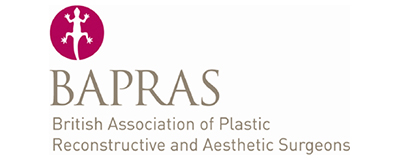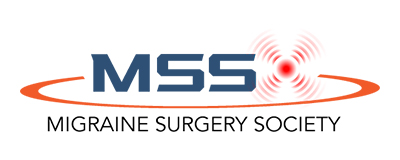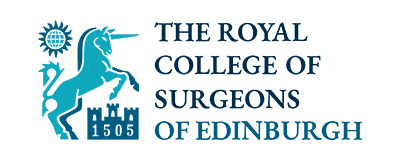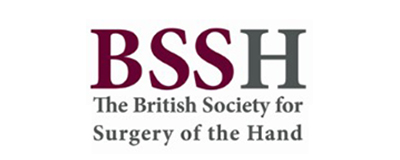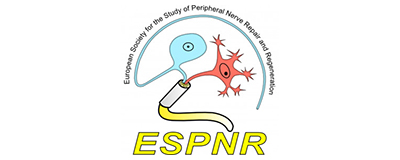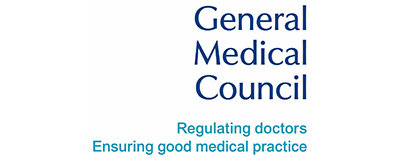What is carpal tunnel syndrome?
Carpal tunnel syndrome (CTS) is a condition where the median nerve is compressed as it passes through a short tunnel at the wrist called the carpal tunnel. The carpal tunnel is bounded by the bones of the wrist on one side and a tight fibrous band called transverse carpal ligament on the other side. The tunnel contains the tendons that bend the fingers and thumb as well as the median nerve (see pictures below).
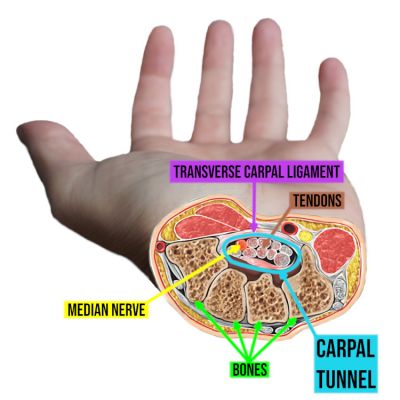
Carpal Tunnel Anatomy - Wrist Cross-section
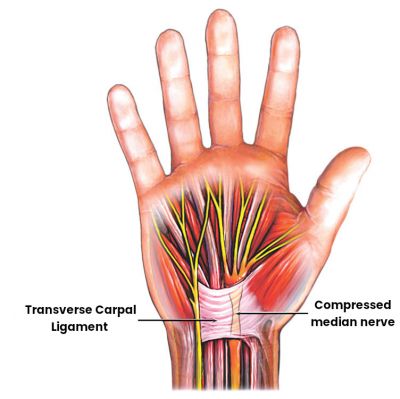
Carpal Tunnel Anatomy - Median Nerve Compression
What are the causes of carpal tunnel syndrome?
You are more at risk of developing CTS if you:
- are aged between 50-80 years
- are a female
- are pregnany
- repetitively use your hands by forcefully gripping or bending your wrist
- suffer from inflammatory diseases such as rheumatoid arthritis or gout
- had previous injuries and fractures around the wrist
- suffer from hypothyroidism
- suffer from Diabetes
- have a close relative with the condition
It is important to note that some people can develop CTS without having any of the above risk factors.
What are the symptoms of carpal tunnel syndrome?
The symptoms may include:
- Numbness and tingling or burning affecting predominantly thumb, index, middle and ring fingers. These tend to be the first symptoms, often starting at night and waking people from sleep, or occursing upon waking in the morning
- Pain in the hand which may travel up the forearm toward the shoulder. The pain may be associated with activities that require forceful gripping or working with wrists bent for extended periods of time.
- eakness and clumsiness of the hand, particularly the thumb (difficulty grasping or performing tasks such as buttoning a shirt or using a zipper)
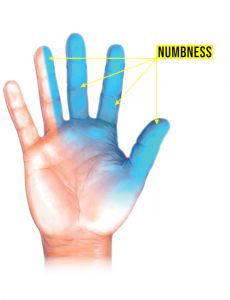
What are the stages of CTS?
The carpal tunnel syndrome is a disorder which typically worsens over time. Depending on the severity of the symptoms it progresses through one of three stages: mild, moderate and severe.
- Mild: The symptoms are intermittent and the feeling restores back to normal between the episodes of numbness. They include pain, pins and needles or tingling, which are often worse at night.
- Moderate: The same symptoms are getting worse and start affecting daytime activites and work. The periods when the feeling in the hand returns to normal get shorter and shorter. There may be certain activities or postions of the hand and wrist, which bring the symptoms on.
- Severe: The symptoms are present almost all the time. They include pain, pins and needles and tingling. The hand start to feel clumsy and weak. If the condition progressess further, a wasting of muscles around the base of the thumb develops as shown on the picture.
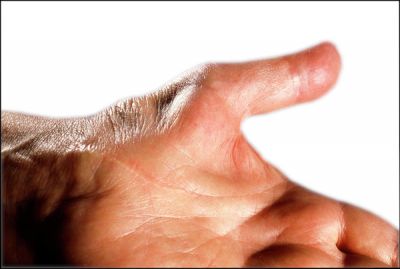
Muscle wasting at the base of thumb in severe CTS
How is the carpal tunnel syndrome diagnosed?
During your consultation a thorough history will be taken first, focusing on identifying the carpal tunnel symptoms. This will be followed by a comprehensive examination of the hand an upper extremity, assessing the sensation and movement in the hand. Finally, special tests to identify carpal tunnel syndrome will be carried out. A further separate consultation with a neurophysiologist may be needed, to measure the ability of the median nerve to transmit electrical impulses and exclude other conditions which may mimic the carpal tunnel syndrome but require different treatment.
To summarise, the diagnosis of carpal tunnel is made by:
- Identifying symptoms of CTS
- Specialist examination
- Neurophysiological tests
How can I check if I have CTS?
The following are the three most commonly used tests to check for carpal tunnel syndrome. On their own they cannot confirm or exclude the CTS, rather they stregthen the possibility of the diagnosis.
- Phallen’s test – wrists are bent to 90 degrees for 60 seconds. The test is positive if this position brings on the symptoms you are suffering from.
- Durkan’s test – pressure over the carpal tunnel for 30 seconds. The test is positive if it causes numbness or pins and needles in thumb, index, middle or ring fingers.
- Tinel’s sign – firm tapping over the carpal tunnel causes pins and needled running down into the fingers.
What is the treatment of carpal tunnel syndrome?
When talking about the treatment, it is imperative to make sure that the CTS diagnosis has been correctly made, as there are other conditions mimicking the symptoms of CTS which require different treatment.
The best way to treat CTS depends on the stage of the condition. The following section outlines the available treatment options:
- No treatment – appropriate if:
- Your symptoms mild, intermittent and of short duration – 6-8 weeks
- You are less than 30 years old
- You are pregnant, as CTS resolves after birth
- Activity modification and splinting
- Avoiding activities that bring the symptoms on. In particular refraining from bending your wrists and keeping the wrists neutral (straight) while working. Also modifying your grip and gripping with less force
- Using wrist splint, such as the one depicted on the picture. This works particularly well if the symptoms are mostly at night and the splints are worn during bedtime. With splinting you should start seeing improvements within a few nights
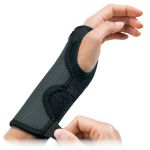
- Hand exercises
- They are appropriate in mild stage of CTS and they can be effective in some patients. For more details see the following section
- Over-the-counter painkillers
- Paracetamol or NSAIDs like diclofenac or ibuprofen.
- Useful in managing CTS pain in the short-term
- Steroid injection into the carpal tunnel
- This can be a very effective treatment where your healthcare professional will inject steroids to reduce the swelling in the carpal tunnel. The effects are usually apparent after 2 weeks and can provide relief of symptoms for several weeks or months
- Surgery – Carpal Tunnel Decompression (release)
- About 53,000 operation are carried out every year in the UK
- Required if the non-surgical measures fail to control the condition or if you have severe symptoms present for a long time
- Needs to be done urgently if you have muscle wasting or the nerve conduction tests showed that you have nerve damage
To summarise, the treatment of the carpal tunnel syndrome is staged:
- Conservative treatment (splinting, activity modification and over-the-counter painkillers)
- Steroid injections into the carpal tunnel
- Surgery
What exercises can I do to relieve the symptoms of CTS?
The following information is based on recommendations of the Chartered Society of Physiotherapy which can be accessed on this link.
Wrist bend (forward and back)
Rest your elbow on a table, arm pointing up, wrist straight. Gently bend your wrist forward at a right angle and hold for 5 seconds. Straighten your wrist. Gently bend it backwards and hold for 5 seconds. Do 3 sets of 10 repetitions.
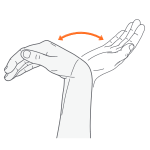
Wrist lift
Place your palm on the table and lift the fingers up. Place your other hand across the knuckles at 90º and push down as the bottom hand tries to pull up. You should feel the muscles of your forearms contracting. Swap hands and repeat.
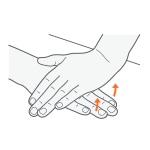
Wrist flex
Keeping your arm straight in front with your palm facing down, gently bend your wrist down. Use the opposite hand to press the stretching hand back towards your body and hold for 15–30 seconds. Straighten your wrist. Gently bend the stretching hand backwards and use the opposite hand to pull the fingers back. Hold for 15–30 seconds. Do 3 sets with each wrist.
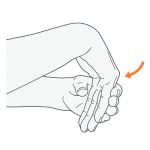
Wrist stretch with weight
Holding a light weight (e.g a tin of beans), stretch your arm out in front with your palm down. Slowly bend your wrist upward, and then return to the starting position. Do 3 sets of 10 repetitions. Gradually increase the weight you hold.
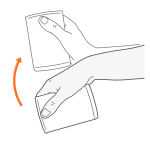
Finger bend
Start with your fingers held out straight. Gently bend the middle joints of your fingers down toward your upper palm and hold for 5 seconds. Do 3 sets of 10 repetitions.
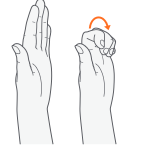
Hand squeeze
Squeeze a rubber ball and hold for 5 seconds. Do 3 sets of 10 repetitions
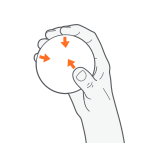
What do I need to know about carpal tunnel surgery?
- The operation involves opening the roof of the tunnel (the transverse carpal ligament) to reduce the pressure on the nerve
- The most common method involves an incision over the tunnel at the wrist and opening the ligament under direct vision.
- An alternative to this procedure is an endoscopic release of the carpal tunnel through the keyhole surgery.
- The operation takes about 20 minutes and is done as a day case, meaning you don’t need to stay in hospital overnight.
- Surgery is typically performed under local anaesthesia although regional anaesthesia (injected at the shoulder to numb the entire arm) or general anaesthesia can be considered.
- Following the surgery the hand is protected by a soft dressing
- Hand movements are allowed and recommended as soon as tolerated
- The stitches are removed two weeks after the surgery
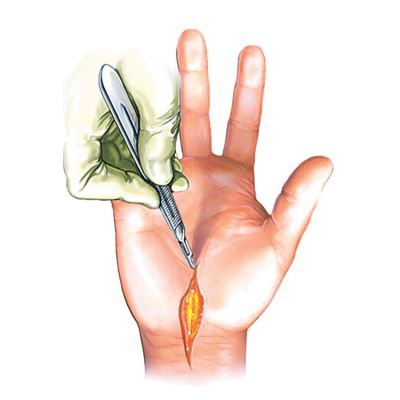
Carpal Tunnel Surgery - Incision (cut) of the skin
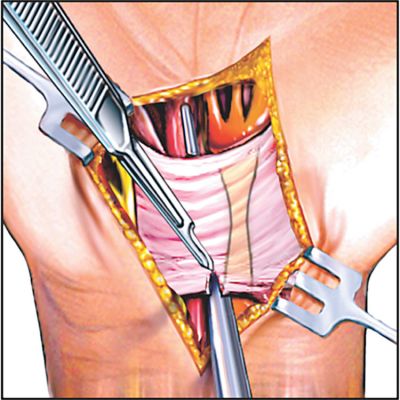
Carpal tunnel surgery - cutting of the ligament
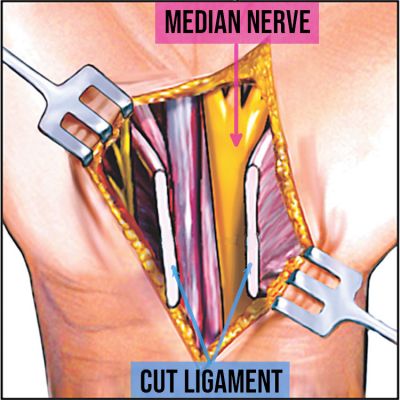
Carpal tunnel surgery - median nerve release
What are the outcomes of carpal tunnel syndrome surgery?
- In general, the surgery has a very high success rate of about 90-95%
- The outcomes of the surgery depend on what stage of the condition the surgery was performed at
- If the surgery was done at the the mild stage of symptoms, 9 out of 10 patients experience satisfactory resolution problems with pain and tingling typically disappearing within a few days
- In severe cases, with constant numbness and muscle weakness, the recovery is slow over several months and the return of function may be incomplete
- It usually takes about three months to regain full strength and a settled scar, but the hand can be used for light activities after the removal of stitches, which is usually two weeks post surgery
- The surgery will not help if CTS is the wrong diagnosis. Read more here
When can I return to work and start driving after CTS surgery?
- You may not be able to drive safely for 2-3 weeks after surgery due to pain and weakness in your hand. It is your responsibility to decide whether you are safe to drive. Please talk to your healthcare professional for further advice.
- Returning to work is highly individual and the following time frames are for illustration purposes only:
- desk-based work between 2 – 3 weeks
- light manual work 4 – 6 weeks
- heavy manual work 6 – 8 or more weeks
What are the risks of surgery for carpal tunnel syndrome?
Carpal tunnel release in general is a very safe procedure but as with any surgical intervention there are associated risks:
- Infection and a period of prolonged healing of the wound, during which the wound may open and may require dressings
- Collection of blood in the wound (a haematoma)
- A tender and sensitive scar
- Pain in the base of the palm also called pillar pain
- Damage to the nerves at the wrist which, in rare cases, can lead to a permanent weakness and numbness
- Stiffness of wrist and / or fingers
- Failure to provide relief of the symptoms or recurrence of the symptoms
- Complex regional pain syndrome – a rare complication associated with chronic pain which is much more severe and long lasting than usual pain after surgery. For more information visit the NHS information page here
How much does carpal tunnel surgery / treatment cost?
The treatment for carpal tunnel syndrome at the Nerve Surgery Centre includes an initial clinic assessment by the consultant, diagnostic tests, an operation (if needed), a follow-up appointment and a specialised physiotherapy session.
We work with all the major insurance companies.
In case of self-funding patients the price of the treatment depends on:
- Your medical history
- The type of diagnostic investigations you will require
- If you have had a recent diagnostic investigation and we can access it
- If you will require surgery, the type of anaesthetic
The complete price breakdown will be provided to you after the initial appointment.
Discussion with your healthcare professional is important to answer any additional questions you might have. Please contact us for more information or with any specific queries.

